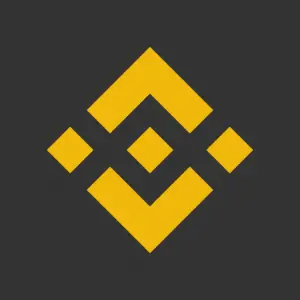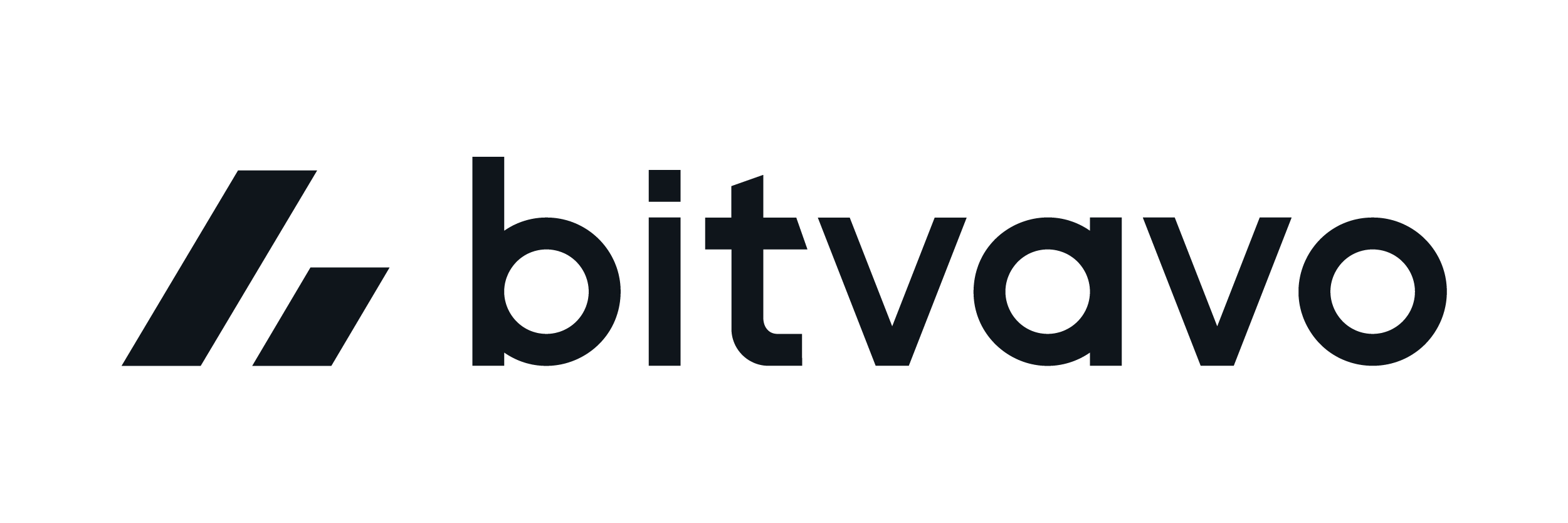Welcome to this post, where we are going to see how DODO, a decentralized exchange and platform compatible with many networks, works.
DODO is a cryptocurrency exchange optimizer in a decentralized way and it offers farming options mitigating the risks of impermament loss, in addition to many other features for users.
DODO has a DAO system with a very large focus on the community and people who contribute to this platform, and the decisions that are made to make changes to it.
What is DODO

DODO is a decentralized exchange platform powered by the Proactive Market Maker (PMM) algorithm. It features highly capital-efficient liquidity pools that support single token provision, reduce impermanent losses and minimize slippage for traders. The trading platform also offers SmartTrade, a decentralized liquidity aggregation service that routes and compares various liquidity sources to quote the optimal exchange rate between any two tokens.
In addition, DODO has removed all obstacles that hindered the creation of a liquidity pool for new asset issuance: asset ratios, liquidity depth, fee rates and other parameters can be freely customized and configured in real time. Based on this breakthrough, DODO has developed Crowdpooling, a permission-free, equal opportunity liquidity offering mechanism, as well as customizable technical solutions geared towards professional market makers in the chain.
DODO seeks to optimize processes that we can find in different DEX and choose the best option for the user, either to exchange between two cryptocurrencies, or how to maximize your profits by providing liquidity, and choosing the best protocol for it. DODO itself is not a DEX, since it chooses the best platform to exchange cryptocurrencies so that you get the best possible price.
Currently DODO can be found on different networks, such as Ethereum, BSC, Polygon, Arbitrum, Aurora, OKChain, Moonriver and Heco. Although there are functions that you will only find in some networks, as these options are not developed in each and every network.
Exchange
Before going into more detail, it is worth mentioning that DODO has a platform called lite that is much easier and more intuitive to use. If you are new to DEFI, I recommend that you use the lite version as it is less complicated. To do this, click on the arrow next to bridge and your profile, and you will see dodo liste appear, click there and it will open.
Although we will focus on the normal platform, the operation and what we will see also applies to the lite version of DODO.
In Exchange we find the typical swap, where at the top we indicate the cryptocurrency we want to use and below the one we want to get. The main difference that DODO has, and that you will see when you indicate a token and an amount, is that it looks for in which DEX you are going to get the best possible exchange, whether it is uniswap, sushiswap or any other.
Then, when you click on swap and confirm in your wallet, the platform makes the exchange in that DEX so that you get the maximum possible tokens. This is ideal for illiquid pairs, where sometimes we use a DEX that offers worse exchange than another, and we end up getting less tokens than we should.
The panel is the same as you can find in the main DEX, where in the settings wheel you can configure the slipping tolerance and other functions. At the bottom you can see the minimum you will receive for swapping.
Earn
In earn we find liquidity and mining. In liquidity you can provide liquidity to receive part of the commissions generated by the platform. You can see all the pairs that are available and you can provide liquidity, with its APY or annual %. If you click on the APY, you can see where it comes from, since usually a part is from the platform commissions, and another % is from mining that we will see now.
To create the lp, click on the plus, and indicate the two tokens or you can also indicate only one token. Indicate the amount of the token you want to add, and click on add liquidity and confirm in your wallet. If you click on the arrow next to the plus, you can find more information about that LP Token, such as the volume it has and the liquidity of that LP.
In mining, you can find some LP Tokens that have mining incentives and therefore receive a higher annual %. To receive that annual %, you will have to stake your LP’s. You can see the different options available, with their annual % in APR. For example, in the USDT-USDC pool, where you can deposit both USDC and USDT separately, or both. You will be able to see that the annual %’s are different, as each token has a separate %.
Then there are other LP’s that you will have to deposit both tokens as it happens with DAI-USDT, where you will have to deposit the LP of both tokens. The % that you can see in APR, is what you will receive annually in the token of the DODO platform, and in some cases, you will also receive another token in addition to DODO. You can see this in rewards.
Click on stake, enter the amount and confirm in your wallet. In this simple way, you will be able to start getting rewards and see them in my rewards, to withdraw them whenever you want.
Although there is not much variety, there are good options with good annual %, and depending on the network you are looking at, there may be a good option for farming in DODO.
Tools
Here, we find different tools for users that can be very useful. As we have mentioned, it is possible that the tolos section is not found in all networks, so you will have to use the Ethereum network or networks compatible with this option.
Here, you can find options such as creating your own cryptocurrency in a very easy and simple way, creating liquidity pools or creating a liquidity campaign in mining. In addition, you can see all the data regarding the DODO platform.
We will not go into much detail of each option, but it is a way to facilitate new users who want to create their token and add liquidity in an easier and simpler way, thanks to these options offered by DODO. Where you can create your token, and then create the liquidity so you can start buying and selling easily and without many complications. In addition to not need knowledge in programming.
NFT
DODO also has its own NFT’s Marketplace, besides allowing its users to create new NFT’s, and use tokens to buy NFT’s.
The main NFT’s Marketplace is located on the Binance Smart Chain, so I recommend you to use this network to see most of the NFT’s available on this platform.
The most interesting part is the own collection that DODO has created in its Marketplace, and that you can buy or create your own NFT’s by buying pieces to combine them. It is a very interesting and different system to the traditional NFT’s collections that you can see.
Governance
In governance we find everything related to DAO, such as new proposals and old proposals that have been carried out on the platform. You will be able to see the forum with all the proposals, and vote on them if you have DODO in your wallet to be part of the DAO and the platform.
In DAO you will be able to see the new implementations that have been voted and approved by the community, and have been implemented.
Bridge
Finally, in bridges you can find different options to pass tokens from one network to another, with a bridge for each network. Although they are bridges outside of DODO, they can be useful if you want to move your tokens from one network to another in an easy and simple way.
I hope it has helped you to know more in detail how DODO works, a platform somewhat different from the classic DEX. Remember that if you don’t have an account with binance, you can create one just below.
Platform: Binance
Min. deposit: $10
License: Cysec
Very low commissions
Exchange with more cryptocurrencies


